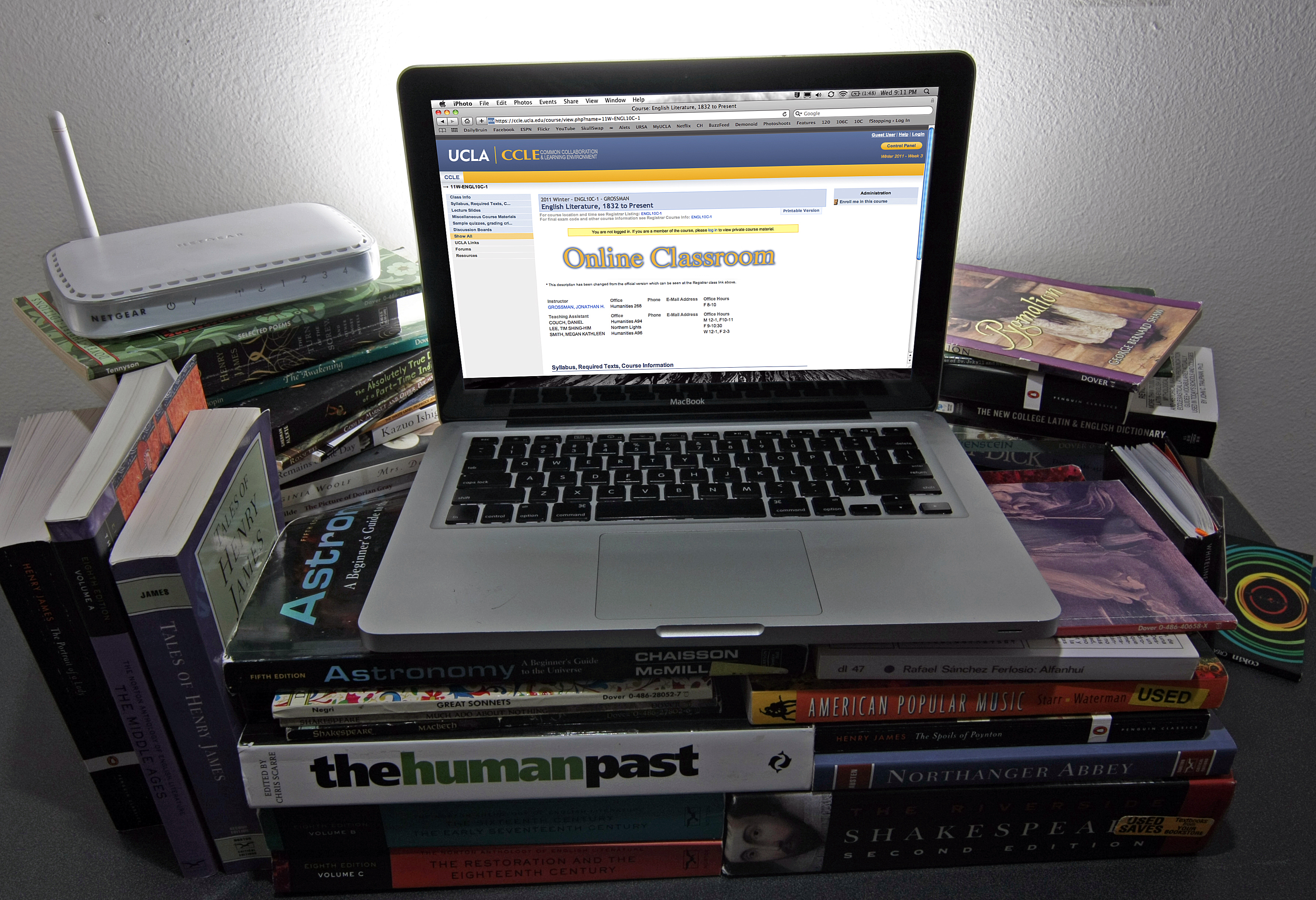Starting in 2012, classes may be just a click away.
A pilot program that will give UCLA students full credit for classes they take via the Internet is in the works. The classes included in this program are likely to be over-enrolled lower-division courses.
Though I commend the university for its innovative approach, the program currently lacks a concrete plan outlining a specific format for online classes.
UCLA should require these courses to include live instruction and online office hours, ensuring that the university does not lower the value of its degrees.
This format is much more interactive and rigorous than the one administrators are leaning toward ““ a program that is completely online, save for exams.
In fact, many models for online classes make the mistake of relying too heavily on the Internet for instruction. UCLA can avoid this mistake by structuring online courses in such a way that they promote class discussion and student-professor communication.
Last year, UC Berkeley’s law school dean proposed a “cyber campus” that would grant undergraduate degrees to students who have only ever taken classes online. That defeats one of the primary purposes of going to college in the first place ““ to broaden the mind by forging close connections with peers and teachers. UCLA should not deny online students such a fundamental part of the college experience.
Nor should UCLA follow the current model of UC Extension, which offers transferable credit to students. The program lets students study at their own pace by logging into class whenever they have time. While this is very convenient, it doesn’t provide the same motivation that a live online class would and may cause students to slack off.
Though very little about the UCLA online class format has been finalized, I’m worried that it will end up looking too much like extension classes or even podcasted lectures, which tend to give students a false sense of security when skipping classes.
I’ve taken two types of online classes in the past: a do-it-yourself math class and a live writing class. Both courses were offered through Stanford University, yet I learned far more in the latter class, thanks to the heavy amount of instructor interaction.
This model, in which class members “meet” in an interactive voice chat room, is one I think UCLA could benefit from. Although I never saw our instructor’s face (or those of my classmates, for that matter), I felt far more engaged in the class than I ever did in Chem 14A. Partly, that’s because it felt like the instructor was in my own home.
There were a few other perks, too. I could ask questions without feeling too self-conscious, “draw” on the blackboard and make friends by chatting with classmates before and after the lectures.
Though this particular program was small and designed for secondary school students, it can nevertheless be used to teach large classes at UCLA.
Faculty members could teach from home, and students could participate from anywhere, which means it’s cheaper, better for the environment and more convenient.
At the same time, professors ought to have extra office hours online, particularly for problem-intensive subjects such as math.
Administrators are constantly caught in a delicate balancing act between quantity and quality.
They want everyone to be able to afford an education, but they also have to make sure courses stay on par with the world’s best. Online classes save the university and students money and give students the UC-wide access they deserve.
The value of a UCLA degree has already gone down. We’re now aiming for 45-unit majors, and we have bigger classes and fewer lecturers. In light of this, online instruction, when done right, may actually be part of a solution to the problem.
Think online classes are a bad idea? E-mail Nijhawan at anijhawan@media.ucla.edu. Send general comments to opinion@media.ucla.edu.
